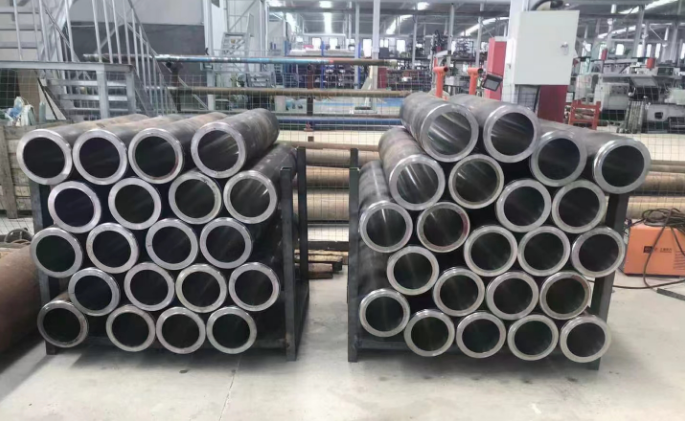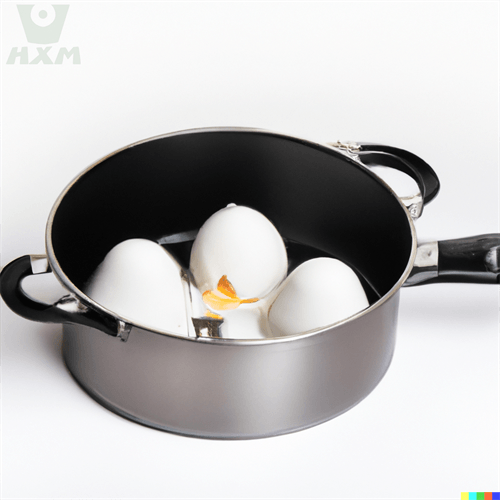In the steel industry, carbon steel and cast iron are two common materials that are widely used in the manufacture of various metal parts. However, they each have their own unique characteristics and application scenarios. Therefore, when choosing these two materials, you need to make a judgment based on their specific characteristics and usage requirements. This article gives a detailed explanation of the characteristics and application scenarios of carbon steel and cast iron.

Detailed explanation of the characteristics and application scenarios of carbon steel and cast iron:
First of all, in terms of plasticity, carbon steel contains a small amount of alloying elements in addition to carbon and iron elements, so it has good toughness and plasticity, and can be processed by forging, rolling, welding and other processes. Cast iron is mainly composed of carbon and iron elements. Due to its higher carbon content, although it has strong wear resistance, it has low plasticity and is not suitable for forging and rolling. It is more suitable for casting. Therefore, carbon steel is mostly used in the manufacture of automobile bodies and structural components due to its good plasticity. Cast iron is usually used in the manufacture of machine tool beds and other heavy machinery components due to its low plasticity and high wear resistance.
Secondly, in terms of strength, carbon steel has good strength and rigidity, and its performance can be further improved through heat treatment, and it can withstand large external forces. Since carbon steel is generally stronger and harder than cast iron, carbon steel is usually chosen where it needs to withstand greater pressure and impact. In situations where high wear resistance is required, cast iron is often used, such as engine blocks and other wear-resistant parts.
Finally, in terms of corrosion resistance, carbon steel has average corrosion resistance and is easily affected by corrosion, especially prone to rusting in humid environments or when exposed to chemicals. Cast iron has better corrosion resistance and is suitable for use in humid environments. Because the cost of cast iron is usually lower than that of carbon steel, cast iron is usually used in humid and corrosive environments, such as common underground pipes.
To sum up, the choice between carbon steel or cast iron depends on its characteristics and specific application scenarios. In actual engineering operations, we should choose the most appropriate materials according to different requirements and application scenarios to ensure the quality and effect of the project.
Conclusion
Thank you for reading our article and we hope it can help you to have a better understanding of the characteristics and application scenarios of carbon steel and cast iron. If you are looking for carbon steel suppliers and manufacturers online now, we would advise you to visit Huaxia Steel.
As a leading supplier of carbon steel from Shanghai China, Huaxia Steel offers customers high-quality carbon steel tubes, carbon steel pipes, and carbon steel plates at a very competitive price.








